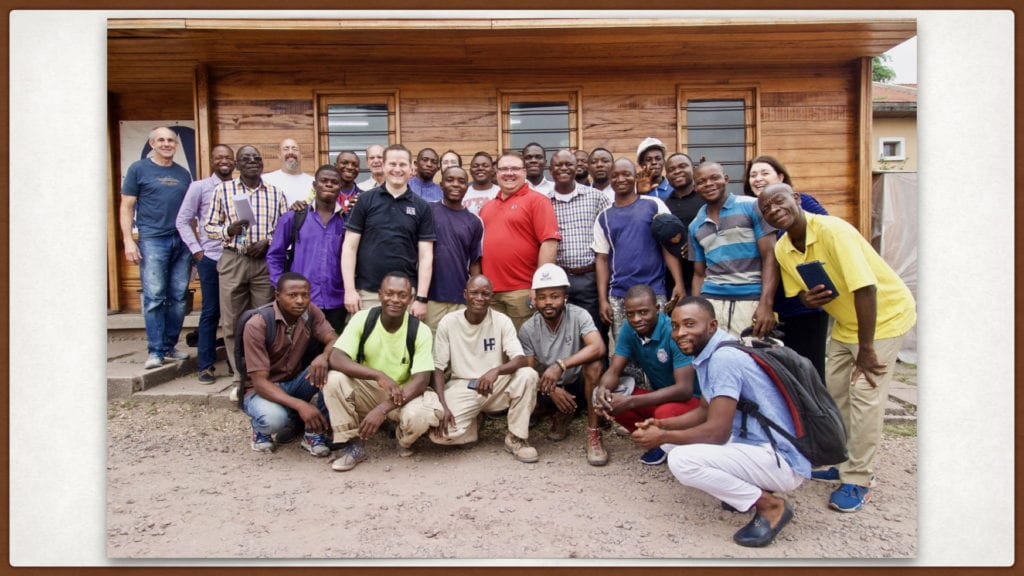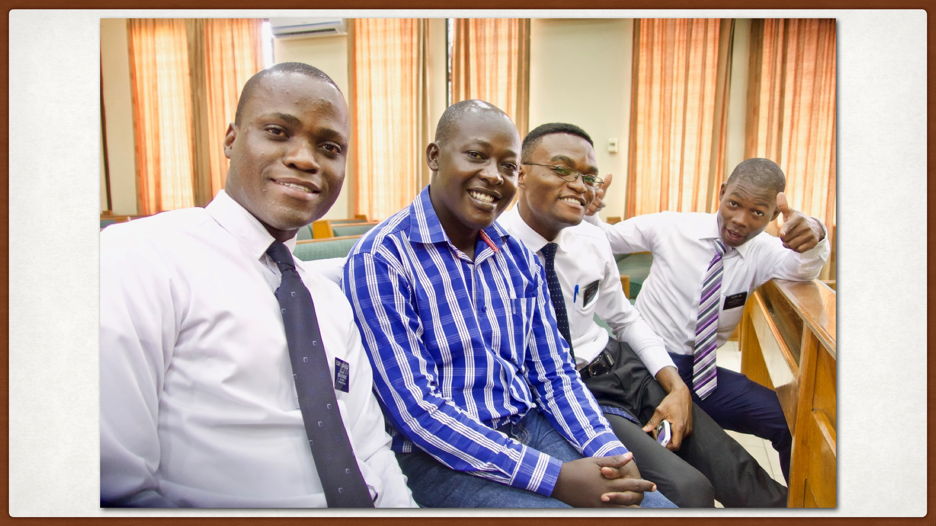
In a presentation at the 2018 FairMormon Conference,[1]I shared stories of some of the faithful Saints in the Democratic Republic of the Congo (Kinshasa). In this new series of presentations, I would like to speak from a more personal perspective, reflecting on the meaning of that experience for Kathleen and me, and pondering some of the dynamics of numerical and spiritual growth of the Church in that country.
The series is organized into eleven parts:
- Prologue: What brought us to Africa?
- Snapshot of the Church in the DR Congo
- The missionaries
- What attracts people to the Church?
- Building from centers of strength 1 — Kisangani
- Building from centers of strength 2 — Wagenya
- Taking the Gospel to the “ends of the earth”
- The temple 1: “Turning the hearts of the children”
- The temple 2: “Holiness to the Lord”
- The temple 3: A light to the world
- “The labourers are few”
Jesus said: “The harvest truly is great, but the labourers are few: pray ye therefore the Lord of the harvest, that he would send forth labourers into his harvest” (Luke 10:2). In this eleventh and final episode in this series, I describe how fittingly this verse applies in the DR Congo. Despite the continued steady growth of the Church and the recent addition of a fourth mission in the country, there is only one full-time missionary couple serving in all of the DR Congo.
I discuss President Russell M. Nelson for all members to engage with greater vigor in the gathering of Israel. Though the gathering of Israel can be done in many ways, depending on the inspiration and personal situation of each member, he has emphasized that a key part of fulfilling the blessing of Abraham is the sending of “missionaries [to] take the gospel across the globe,” “infus[ing] the lives of all” with “the light of the gospel and the love of the Lord.” (https://www.lds.org/church/news/president-nelson-invites-record-crowd-in-arizona-to-help-gather-israel?lang=eng [accessed 12 February 2019]).
We will review the Lord’s vision of missionary work in section 4 of the Doctrine and Covenants. The wholehearted nature of the service we are called to render is exemplified in the figure of the laborer, who is required to thrust in his sickle “with his might,” that he may bring “salvation to his soul” (D&C 4:4). Embarking in the service of God requires a firm resolve to leave one’s familiar labors and companions to take up a new work for which one is never fully prepared, and at a destination which is never adequately known or described in advance
We close with a testimony of Jean Claude Mabaya, former Area Seventy and newly called mission president in the DR Congo.
[1]The video version of the entire FairMormon presentation is available on the FairMormon YouTube channel at https://www.youtube.com/watch?v=nJl9FvLKmjw. The seven segments of this presentation, in an edited and somewhat expanded form, are available for reading at Meridian Magazine(www.ldsmag.com) and the website of The Interpreter Foundation(https://interpreterfoundation.org). For more articles and videos by Jeffrey M. Bradshaw, see www.templethemes.org.


